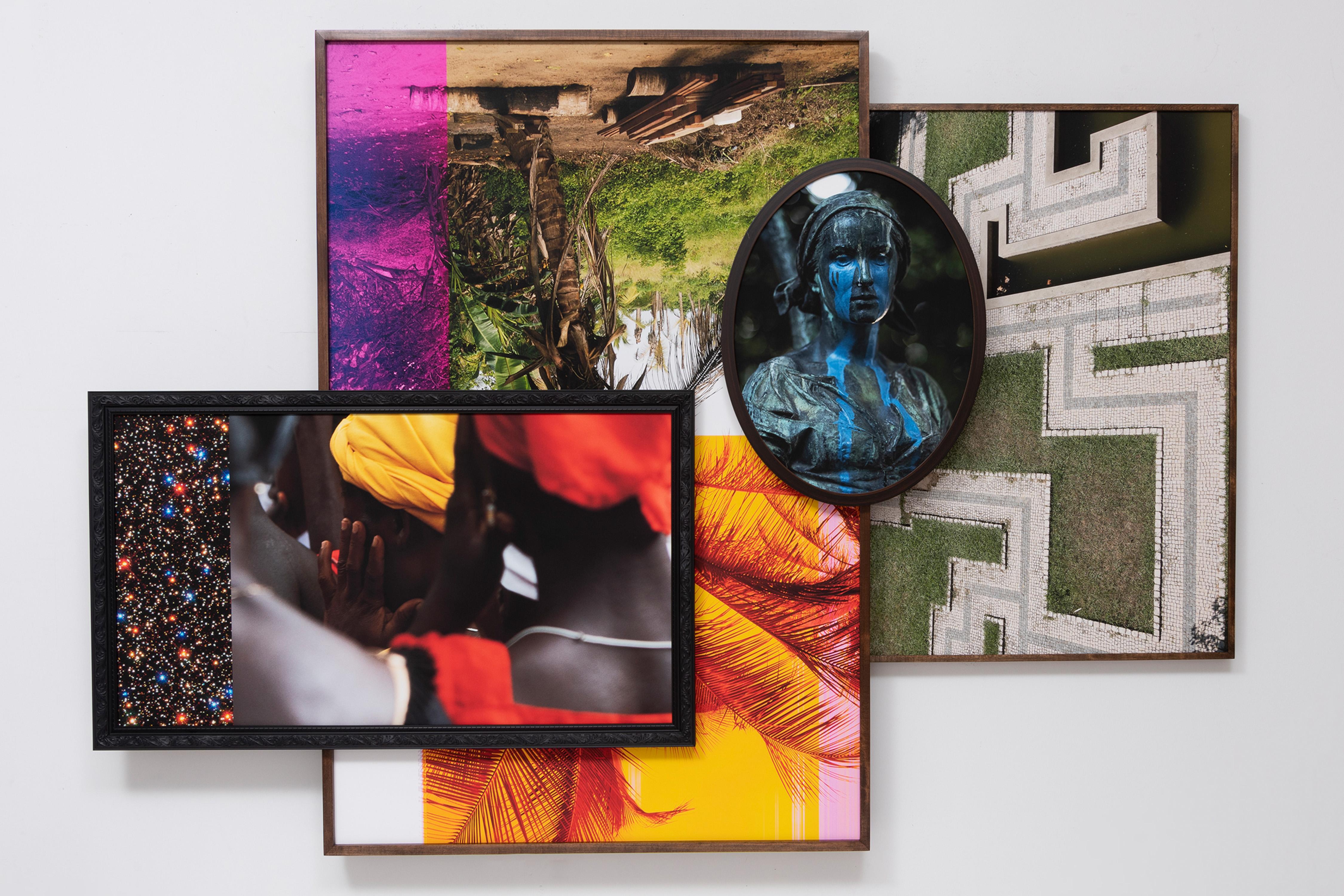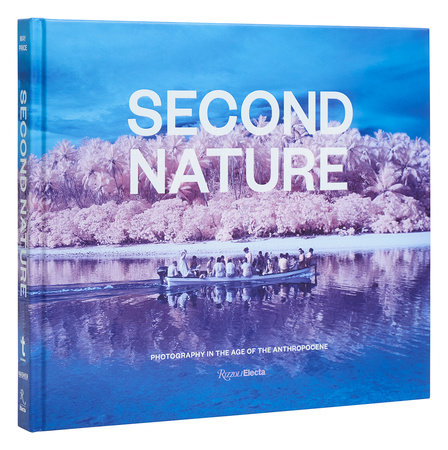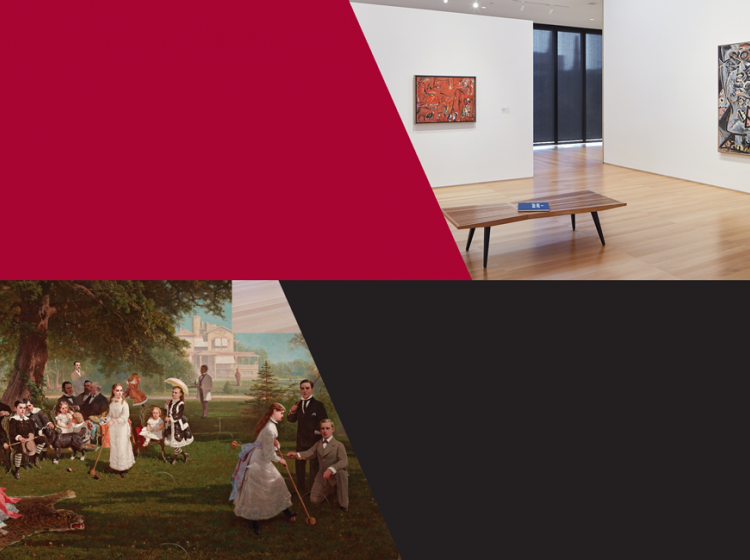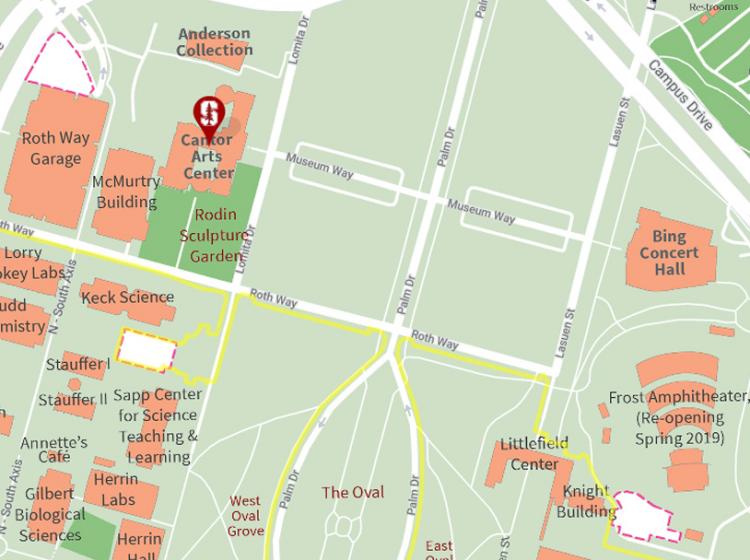Cantor Arts Center
328 Lomita Drive at Museum Way
Stanford, CA 94305-5060
Phone: 650-723-4177

Todd Gray, Cosmic Blues (Makes Me Wanna Holler), 2019. Four archival pigment prints in artist’s frames, UV laminate; 60 1/4 x 84 1/4 inches (153 x 214 cm). Collection of Bill and Christy Gautreaux, Kansas City, Missouri. © Todd Gray 2019. Courtesy of the artist and David Lewis, New York. Photo by Phoebe D’Heurle.
Just over 20 years ago, scientists introduced the term Anthropocene to denote a new geological epoch marked by human activity. Comprised of 44 photo-based artists working in a variety of artistic methods from studios and sites across the globe, Second Nature: Photography in the Age of the Anthropocene explores the complexities of this proposed new age: vanishing ice, rising waters, and increasing resource extraction, as well as the deeply rooted and painful legacies of colonialism, forced climate migration, and socio-environmental trauma.
Since its emergence, the term “Anthropocene” has entered the common lexicon and has been adopted by disciplines outside of the sciences including philosophy, economics, sociology, geography, and anthropology, effectively linking the Anthropocene to nearly every aspect of post-industrial life. Organized around four thematic sections, “Reconfiguring Nature,” “Toxic Sublime,” “Inhumane Geographies,” and “Envisioning Tomorrow,” the exhibition proposes that the Anthropocene is not one singular narrative, but rather a diverse and complex web of relationships between and among humanity, industry, and ecology—the depths and effects of which are continually being discovered.
Artists include: Sammy Baloji, Adrián Balseca, Matthew Brandt, Edward Burtynsky, María Magdalena Campos-Pons, James Casebere, João Castilho, Elena Damiani, Gohar Dashti, Sanne De Wilde, Andrew Esiebo, Gauri Gill, Noémie Goudal, Todd Gray, Acacia Johnson, Mouna Karray, Robert Kautuk, Rosemary Laing, Sze Tsung Nicolás Leong, Anna Líndal, Inka Lindergård and Niclas Lindergård, Pablo López Luz, Dhruv Malhotra, Laura McPhee, Gideon Mendel, Hayley Millar Baker, Joiri Minaya, Aïda Muluneh, Léonard Pongo, Meghann Riepenhoff, Cara Romero, Anastasia Samoylova, Camille Seaman, David Benjamin Sherry, Toshio Shibata, Sim Chi Yin, Thomas Struth, Danila Tkachenko, Rajesh Vangad, Letha Wilson, Will Wilson, Yang Yongliang, Zhang Kechun.
 Catalogue
CatalogueThe exhibition is accompanied by a 224-page, fully illustrated catalogue, published by Rizzoli Electa. The catalogue takes an expansive, inter-disciplinary, and intersectional approach to the Anthropocene thesis through eleven essays on a wide range of topics related to art and the Anthropocene. Contributors include Rocío Aranda-Alvarado, Carmen G. Gonzalez, Donna Haraway, Candice Hopkins, Claire L. Hutchinson, Jessica May, Simon Njami, Marshall N. Price, Daniel Richter, Catriona Sandilands, Sheila Watt-Cloutier, Will Wilson, and Norman Wirzba.
The publication is available for purchase at the front desk of the museum (card payment only.)

The Cantor Arts Center is located at the intersection of Museum Way and Lomita Drive in the heart of the arts district on the Stanford campus. The Cantor faces the Bing Concert Hall across Palm Drive, northwest of The Oval and the Main Quad.

Parking is limited. Stanford has a new contactless process to pay for parking, using the ParkMobile app, website, or phone. Prior to your visit, we recommend you visit the Stanford Transportation website to learn more about the updated visitor parking process.
